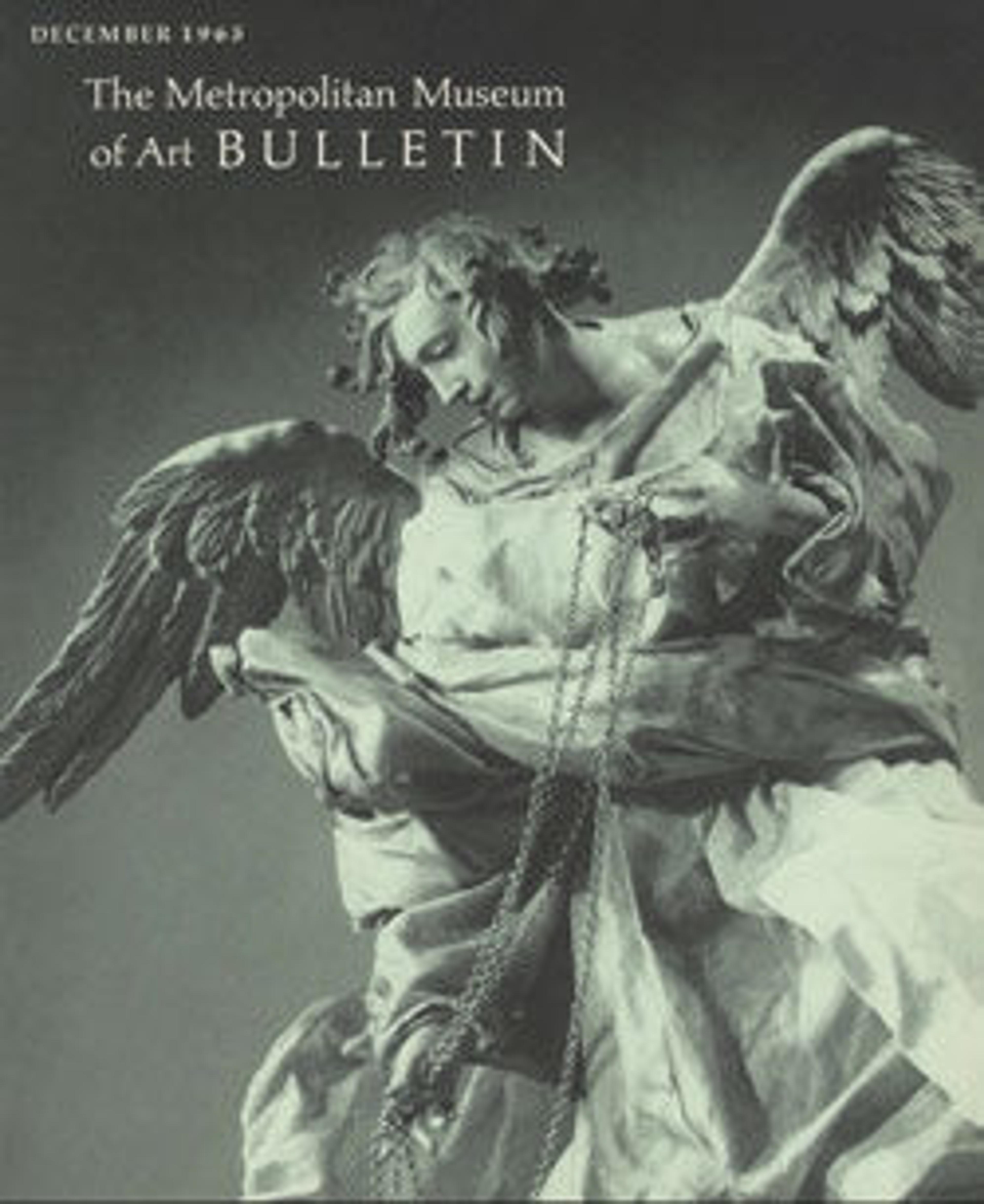Bier
The earliest evidence from Egypt (ca. 3400 B.C.) indicates that beds were used in burials as biers for the deceased. On this bed, a thin rope of plant fibers was passed back and forth across the center, through the slots, and looped over the rails. This webbing, often patterned, formed the bed's surface. Fragments are preserved at one end.
Decorative elements in the form of papyrus umbels (blooms) adorn the ends of the rails of the bed. The supports are shaped like the front and hind legs of a bull. The anatomical differences in the legs are especially discernible in the ivory versions made for royalty.
Decorative elements in the form of papyrus umbels (blooms) adorn the ends of the rails of the bed. The supports are shaped like the front and hind legs of a bull. The anatomical differences in the legs are especially discernible in the ivory versions made for royalty.
Artwork Details
- Title: Bier
- Period: Early Dynastic Period
- Dynasty: Dynasty 1–2
- Date: ca. 2960–2926 B.C.
- Geography: From Egypt, Southern Upper Egypt, Gebelein (Krokodilopolis), Egyptian Antiquities Service/Maspero excavations, 1885-86
- Medium: Wood, fiber
- Dimensions: L. 161 cm (63 3/8 in.); W. 71 cm (27 15/16 in.)
- Credit Line: Funds from various donors, 1886
- Object Number: 86.1.39
- Curatorial Department: Egyptian Art
More Artwork
Research Resources
The Met provides unparalleled resources for research and welcomes an international community of students and scholars. The Met's Open Access API is where creators and researchers can connect to the The Met collection. Open Access data and public domain images are available for unrestricted commercial and noncommercial use without permission or fee.
To request images under copyright and other restrictions, please use this Image Request form.
Feedback
We continue to research and examine historical and cultural context for objects in The Met collection. If you have comments or questions about this object record, please complete and submit this form. The Museum looks forward to receiving your comments.
